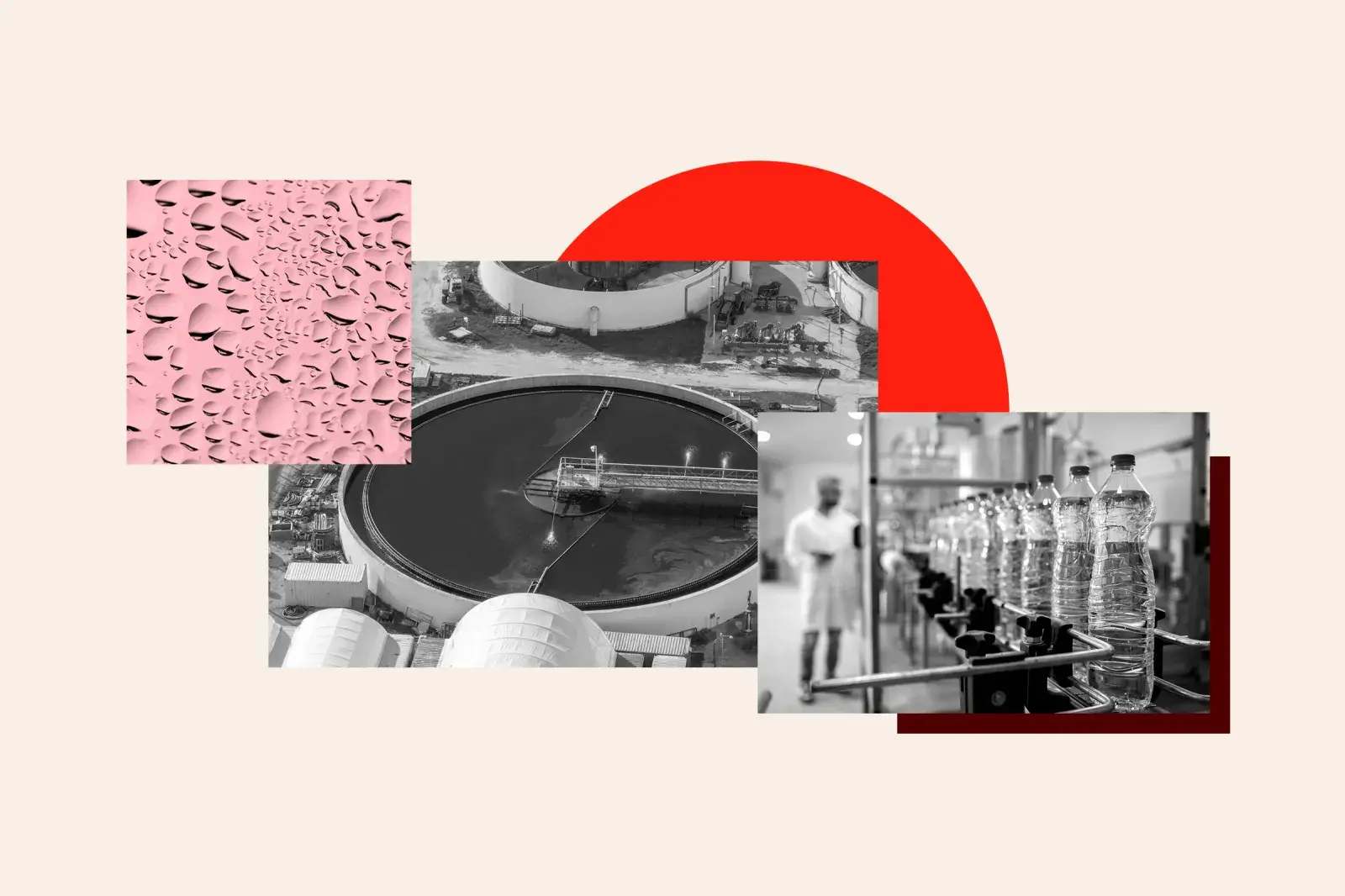Copyright newsweek

Rankings America’s Greenest Companies Water The phrase “a drop in the ocean” generally implies something is insignificant, an infinitesimal part of a much, much greater whole. But the ocean would not exist without many small drops. Water sustainability works in much the same way. In the hopes of creating a more sustainable planet, two U.S.-based water companies, are making small changes that lead to big results. H2O America owns and operates local water and wastewater utilities, providing clean water and treating wastewater across the country, while Zurn Elkay controls the flow of water in and around commercial buildings, manufacturing a range of water-management systems. Both were featured on Newsweek’s list of America’s Greenest Companies 2026, published in partnership with Plant-A. The list features 450 companies ranked on 25 parameters in four categories: greenhouse gas (GHG) emissions, water usage, waste generation and sustainability data disclosure and commitments. Only companies who published sustainability data between January 2024 and July 31, 2025 were considered. All in This Together For water companies, conservation of this finite resource isn’t just a goal, it is a part of operations every single day. For companies like H2O America, which received a 4.5-star rating, it is vital to remember the consequences of misusing water, and the actions that can be taken now to stop this from happening. “If we’re irresponsible with a resource, we’ve got droughts, supply issues, health issues that can really come out of that,” Michelle Williams, vice president of customer experience at H2O America, said. “A lot of the things that other companies may do as kind of ESG work or initiatives are just part of our day to day.” Responsibility starts small, but the impacts that it can have are huge. Williams emphasized H2O America’s initiative in planting trees, explaining how even the breed of tree is crucial to optimizing water conservation. “Planting trees helps the environment with carbon reduction but, also, trees are a great water filter in the watershed. And, specifically, if you plant evergreen trees, the fact that they don’t lose their leaves helps you maintain the quality of your reservoir water, as well because they’re not breaking down and giving you organic compounds to treat out of the water,” Williams explained. “Everything is related. There are business-driven decisions, but they also have this outsized impact on the community and the greater globe, really.” Angela Hersil, vice president of corporate communications at Zurn Elkay, shared a similar sentiment while discussing the four-star rated company’s water-filling stations, which are seen in almost every commercial building these days and play a role in cutting down on plastic water bottle usage. In fact, she shared that in 2024 alone these filling stations helped avoid the usage of 24.7 billion plastic water bottles, consequences that go far beyond the waste of the bottles themselves. “It’s not just that single-use plastic bottle, but the environmental impact of having to produce that plastic bottle in the first place is enormous,” Hersil said. “It takes nine bottles of water to produce just one single-use plastic bottle, not to mention all of what it takes from plastics and manufacturing, in emissions. And that doesn’t even get into carting those heavy single-use plastic bottles all over the country.” Making small changes each day is just one of the moving parts of a much greater moving machine at both companies. Williams and Hersil both noted the importance of individual employees and the ideas and motivations that they bring to their teams, helping make a huge difference. “For any organization, if you have passionate employees who care about your mission and your purpose and doing the right thing for the planet, engage them. That’s been our whole approach here that sustainability is everyone’s job here,” Hersil said. “Engage the people around you who are passionate. Find them and you would be amazed at what you can accomplish in a month, in a quarter, in a year.” At H2O America, many employees bring this passion outside of the office and into the classroom for aspiring conservationists. “We have a program where employee volunteers will go into third grade classrooms and teach the third graders a one-hour lesson on the water cycle, how much water is available on Earth, how much of that water is available for us to drink, why we should conserve water and how much they should use a day,” Williams said. “And then the kids come home with all these materials and they can motivate their households to do so much.” These educational programs only emphasize the importance of all parts working together towards sustainability and show that even the smallest changes—and students—can make a big difference. Numbers Don’t Lie



